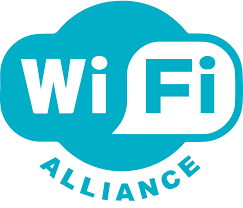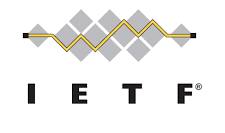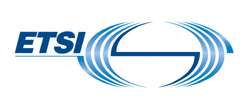
Abstract
Mobile and fixed networks are evolving towards ultra-broadband and, with 5G, are going to converge. The use of much broader frequency ranges, up to 60 GHz, where radio propagation is an issue, is going to impact the network deployment topologies. In particular, the use of higher frequencies and the need to cover hot/black spots and indoor locations, will make it necessary to deploy much denser amount of radio nodes. 5G is introducing major improvements on Massive MIMO, IoT, low latency, unlicensed spectrum, and with V2x for the vehicular market. Support of some of these services will have a relevant effect on the power ratings and the energy consumption at the radio base station. A major new service area of 5G impacting the powering and backup will be the URLLC (Ultra Reliable Low Latency Communication) as its support will increase the service availability demands by many orders of magnitude. Supporting such high availability goals will be partly reached through redundant network coverage, but a main support will have to come through newly designed powering architectures. This will be made even more challenging as 5G will require the widespread introduction of distributed small cells. ETSI TS 110 174-2-2 [i.5] analyses the implications and indicates possible solutions to fulfil such high demanding availability goals. There is a need to define sustainable and smart powering solutions, able to adapt to the present mobile network technologies and able to evolve to adapt to their evolution. The flexibility would be needed at level of power interface, power consumption, architecture tolerant to power delivery point changes and including control-monitoring. This means that it should include from the beginning appropriate modularity and reconfiguration features for local powering and energy storage and for remote powering solutions including power lines sizing, input and output conversion power and scalable sources. The present document was developed jointly by ETSI TC EE and ITU-T Study Group 5. It is published respectively by ITU and ETSI as Recommendation ITU-T L.1210 [i.7] and ETSI ES 203 700 (the present document), which are technically-equivalent.
General Information
Publication date: 01 February 2021
Working groups: https://www.etsi.org/deliver/etsi_es/203700_203799/203700/01.01.01_60/es_203700v010101p.pdf
ICT rolling plan topic: 5G communications
SDO: ETSI
Latest publishied version: https://www.etsi.org/deliver/etsi_es/203700_203799/203700/01.01.01_60/es_203700v010101p.pdf





